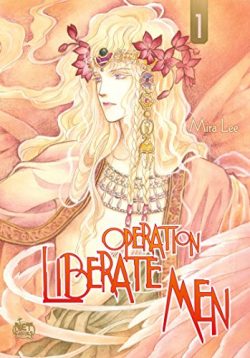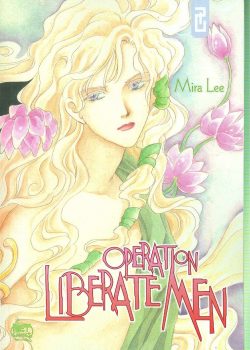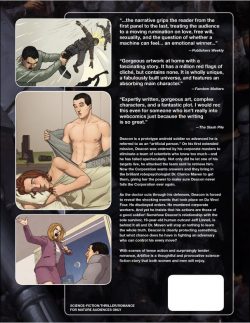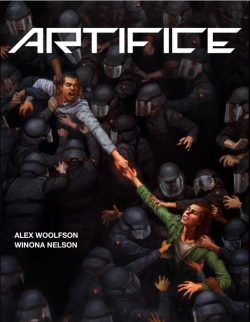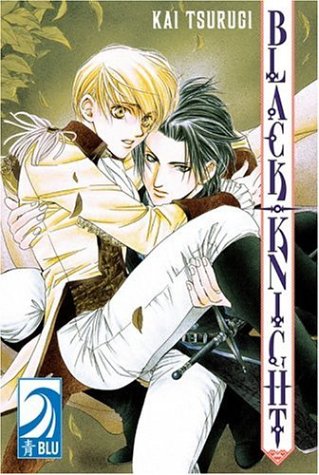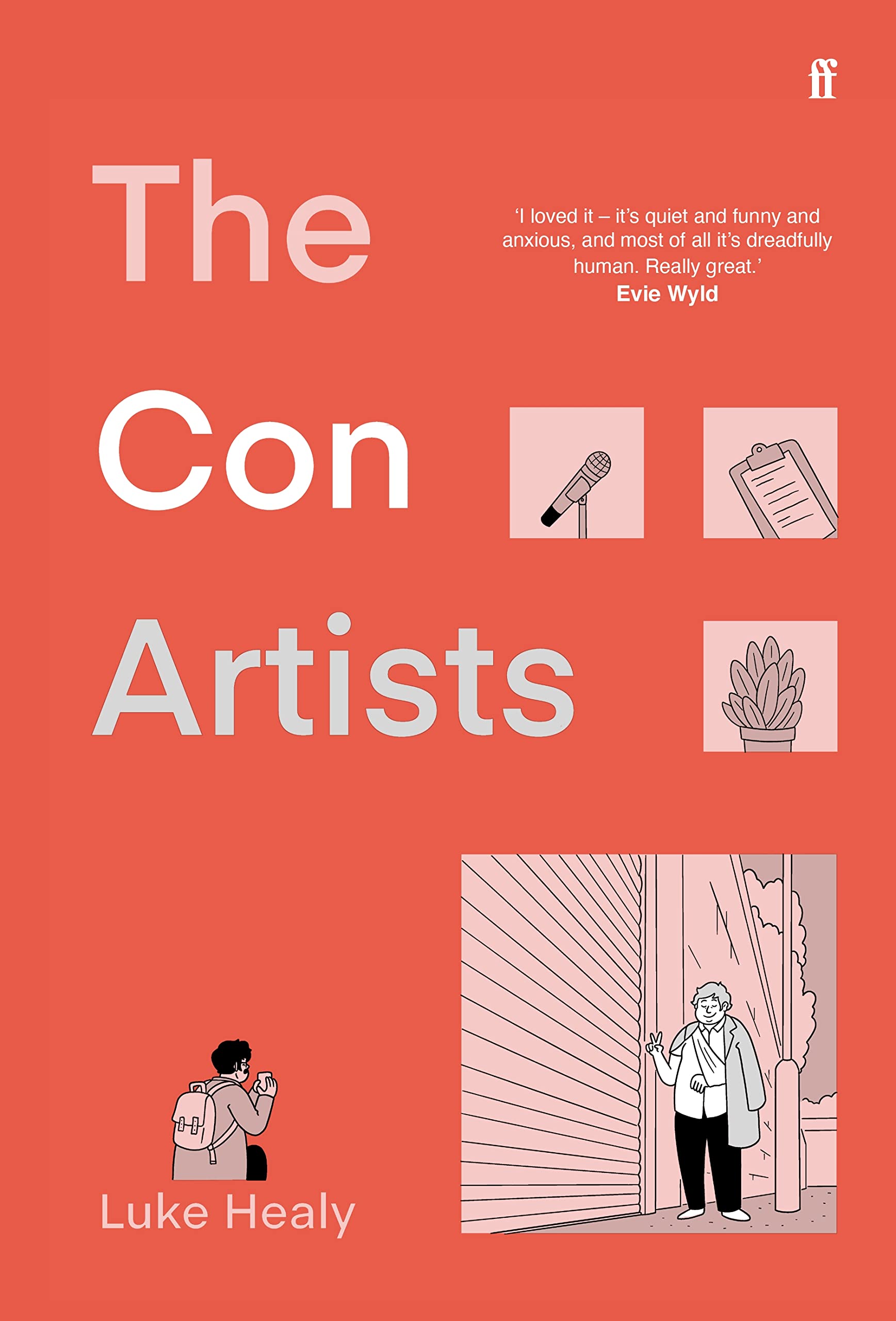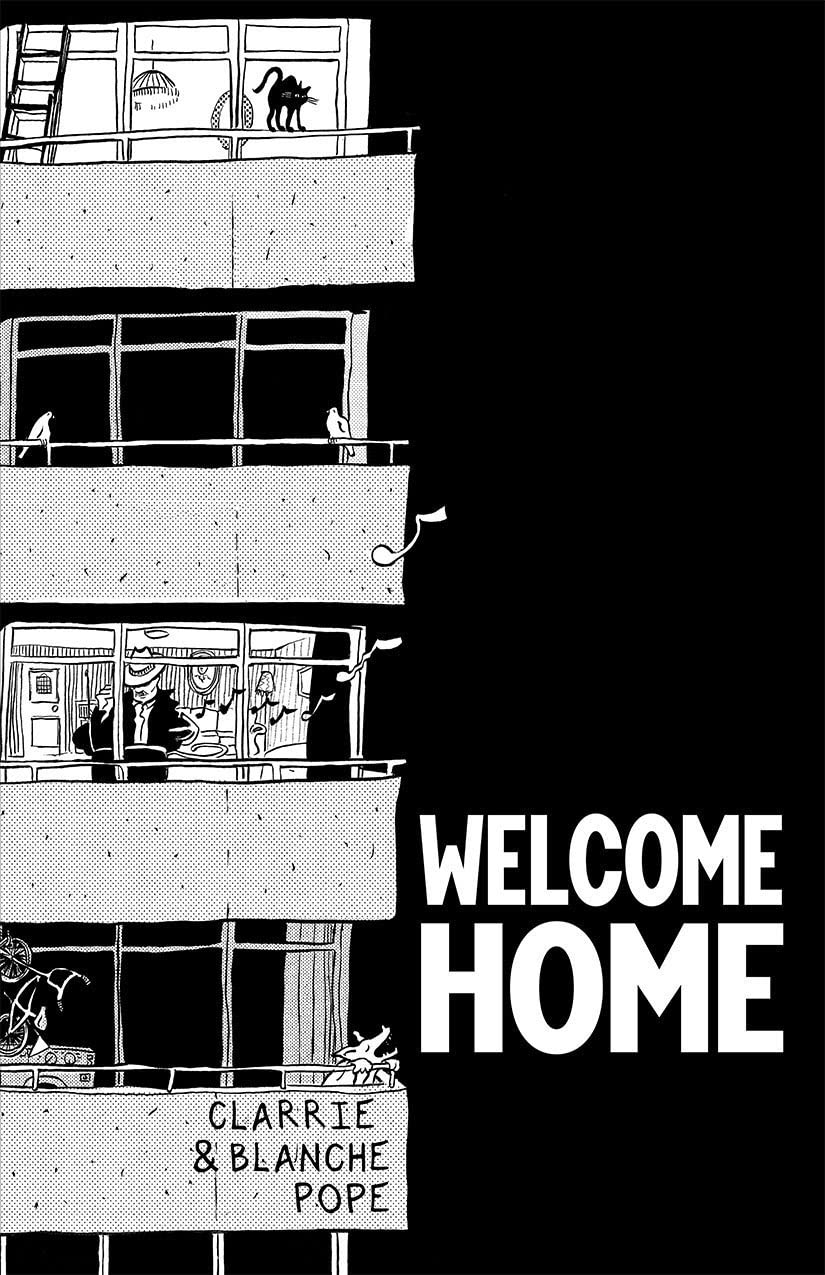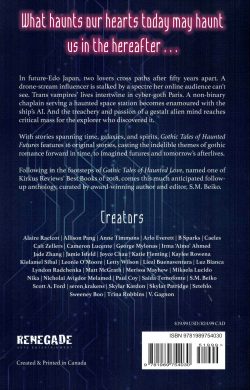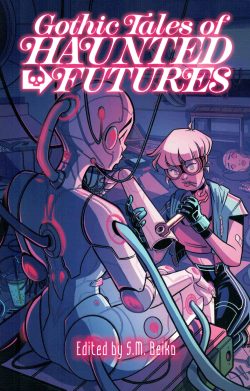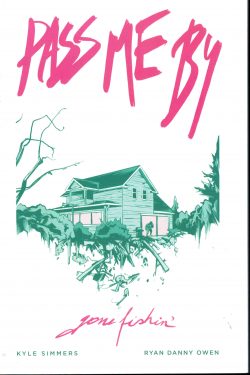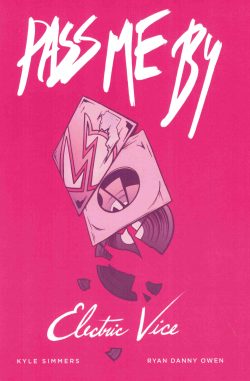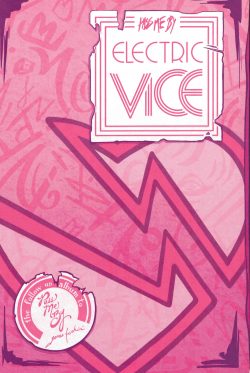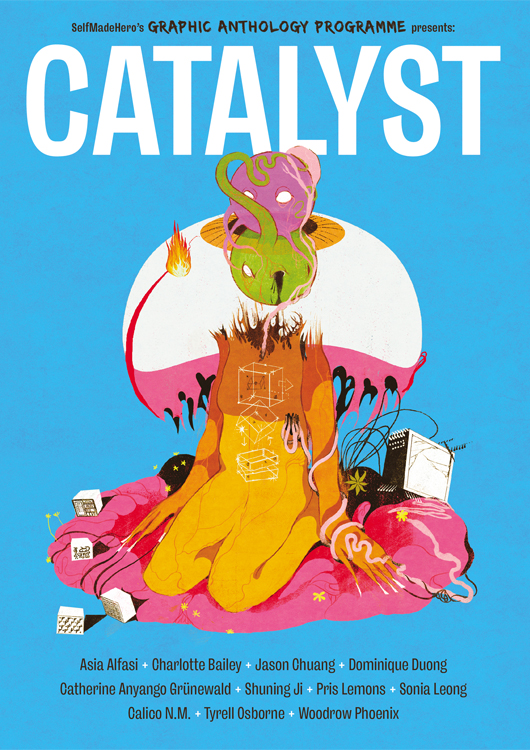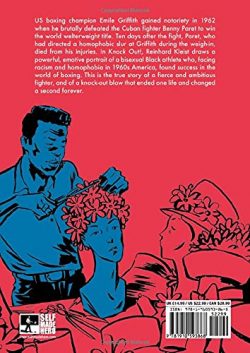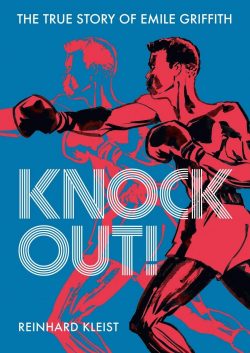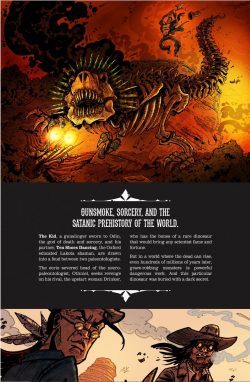
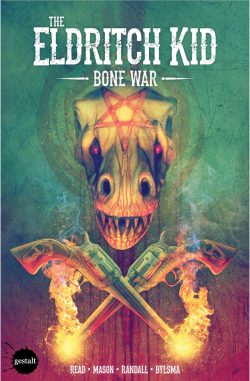
By Christian D. Read, Paul Mason, Justin Randall & Wolfgang Bylsma (Gestalt Publishing)Â
ISBN: 978-1-922023-92-6 (TPB/Digital edition)Â
Felt like a scary western today. Dug this one up…Â
There was a time, not so very long ago, when all of popular fiction was bloated and engorged with tales of Cowboys and Indians. As always happens with such periodic populist phenomena – such as the Swinging Sixties’ Super-Spy Boom, the Vampire Boyfriend or recent Misunderstood Teens vs Corrupt Adult Dystopias trends – there was a goodly amount of momentary merit, lots of utter dross and a few spectacular gems.Â
Most importantly, once such surges peter out, there’s also always a small cadre of frustrated devotees who mourn the passing and resolve to do something to venerate or even revive their lost and faded favourite fad…Â
After World War II, the American family entertainment market – for which read comics, radio and the rapidly burgeoning television industry – were comprehensively enamoured of the clear-cut, simplistic sensibilities and easy, escapist solutions offered by Tales of the Old West: at that time already a firmly established standby of paperback publishing, movie serials cinematic blockbusters and low-budget B-feature films.Â
I’ve often ruminated on how and why, simultaneously, the dark, bleakly nigh-nihilistic and left-leaning Film Noir genre quietly blossomed alongside that wholesome rip-snorting range-&-rodeo revolution, seemingly only for a cynical minority of entertainment intellectuals who somehow knew that the returned veterans still hadn’t found a Land Fit for Heroes… but perhaps that’s a thought for another time and a different review.Â
Even though comics encompassed Western heroes from the get-go (there were cowboy strips in the premier issues of both New Fun and Action Comics and even Marvel Comics), the post-war boom years saw a vast outpouring of titles with gun-toting heroes ousting the rapidly-dwindling supply of costumed Mystery Men. True to formula, most of these pioneers ranged from transiently mediocre to outright appalling…Â
Despite minor re-flowerings in the early 1970s and mid-1990s, Western strips have largely vanished from funny book pages: apparently unable to command enough mainstream support to survive the crushing competition of garish wonder-men and furiously seductive futures.Â
Europe and Britain also embraced the Sagebrush zeitgeist, producing some extremely impressive work, before France, Belgium and Italy made the genre emphatically their own by the end of the 1960s. They still make the best straight Western strips in the world for an avid audience unashamedly nurturing an appetite for them…Â
Fantasy and Horror stories, on the other hand, have never really gone away and this utterly outrageous and supremely entertaining sequel sagebrush saga from Australian raconteur Christian Read his latest visualiser Paul Mason (with colourist Justin Randall and letterer/editor Wolfgang Bylsma) superbly blends time-honoured tropes of the wild west with sinister sorcerous sensibilities to create a bewitching alternate reality where dark bloody deeds are matched by dire demonic forces and decent guys called upon to combat them have to dabble in the diabolical too…Â
Once upon a time in the west, the world changed and magic – although always real and rare – became part and parcel of everyday life…Â
Without preamble the adventuresome action opens with a gunfight against an extremely unpleasant and grudge-bearing witch… Â
Our narrator is an urbane and erudite Oxford-educated shaman detailing his life following his return to the land of his birth. His recollections began in the previous volume and began in Spring 1877: the great Indian Wars were over. Custer was dead but so was Crazy Horse. The Whites were greedily covering the entire country and an educated man with the wrong skin tones was reduced to playing scout for a bunch of barely literate morons wagon-trekking across the plains to California. They need him but regard their supremely capable guide with suspicion, disdain and barely-disguised disgust…Â
Wicasa Waken, outcast Shaman of the Oglala Lakota – AKA Ten Shoes Dancing of the mighty Sioux and lately graduated Master of Arts and Literature, Oxford, England (1875) – always knew devil magic when he smelled it, but – since his teachers taught him to treasure human life – he remained faithful to their training and always sought to do good. That got a lot harder after saving a strange white from five-headed snakes and zombies …Â
Once recovered, the “victim†eagerly joined the fight: his accursed guns making short work of the ravening Heyokas and Ten Shoes Dancing realised he had made the rather prickly acquaintance of a modern Western Legend and celebrated dime novel hero – The Eldritch Kid.Â
Sadly like most heroes finally-met, he’s a surly, taciturn, creepy freak. basking in hero-worship, hot vittles and wanton female attention…Â
It’s not just this becoming-nation America that is awash with blood and wickedness. The entire world is swamped with boggles, spectres and far worse, but since the War Between the States, the Kid had achieved a certain notoriety for dealing harshly and permanently with all things supernatural and predatory.Â
Nevertheless, he’s a mean, mercenary bastard and a tough man to like for the philosophically inclined, poetry-loving Ten Shoes, but circumstances keep them together. Faced with daily mystic mayhem, the mismatched heroes bond even after the Lakotan learned his personal patron god Lord Hnaska was deeply troubled by the cold, dark deity sponsoring the magic-guns toting Kid. Of course, the Great Spirit was far more concerned with the crawling things that hungered for human morsels, and allowed a loveless alliance to be forged. Eventually, the Kid finally opened up enough to share the history that made him the most feared gunhawk in the West.Â
In 1865 Camp Elmira, New Jersey held Confederate prisoners.. The detention centre was a hellhole even by human standards, but when a demon began taking inmates, one of the terrified, beaten, sitting duck captives was offered a deal by an ancient northern god. Odin, grim King of Death, was unhappy with beasts and night things increasingly infesting Earth and offered a trade: power for service…Â
After a suitably painful and gory “offering†the prisoner was given just enough of a supernatural advantage to kill the monsters – human and otherwise – and escape. Wielding a brace of Rune-Pistols, he’s been doing his Lord’s work ever since…Â
That mission continues here as the Diabolist Duo inconclusively clash with bounty hunting old enemy Jacinta Gun-Gunn, and in the aftermath are recruited by former palaeontologist Mr. Othniel. He wants them to steal back his greatest discovery, the full and bejewelled skeleton of a lost prince of a civilisation that perished millions of years previously. Â
The astounding artefact was swiped by his rival “Doc†Drinker, but theirs is not a regular scientific dispute. Othniel is a necromancer who survived his own decapitation and now resides a head in a jar, and Madam Drinker travels with a coterie of witches and unruly women. Both parties clearly have secret agendas but Ten Shoes Dancing and the Eldritch provisionally accept the generous commission because of the most pertinent fact: the skeleton has come back to arcane unlife and recalled revenant subjects from its long-fallen, mystically malign dinosaur empire of Tzenshaitchan to raise fresh Hell across the Badlands…Â
Thanks to timely assistance from the Lakotan’s Frog-God patron, our heroes are made aware of the true situation and switch sides when a better offer is made, but they are still bushwacked by Drinker’s presumed ally the Ani Kutani Witch Tsintah who has her own sinister scheme in play and even nastier masters to answer to…Â
With dinosaur skeletons tearing the countryside up, the gunslingers are kept too busy to stop Othniel building himself a newer and more deadly body and the witch summoning the almighty horror called the Priest King and restoring an even earlier age of bloody sacrifice and life-extending butchery…Â
And as the battle intensifies and all the arcane ages of terror converge to create a charnel ground of warfare, humanity’s deity Odin arrives…Â
Ragnarok, anyone?Â
The tantalising conclusion is supplemented by a cover/chapter break gallery by Nichola Scott, Douglas Holgate, Emily K. Smith & James Brouwer; original art pages from Mason and Read’s original script pages. Â
Rowdy, rousing, purely bonkers and spectacularly action-packed, The Bone War is a sharp, satisfying and mordantly funny yarn to delight lovers of genre fiction and witty mash-ups. Black hats, white hats, lost worlds, haunts and horrors, stunning visuals and macabre twists – what more could you possibly ask for?Â
Apparently, another sequel, so hopefully I’ll be getting to that too in the fullness of time…Â
© 2017-2019 Christian Read, Paul Masan & Gestalt Publishing Pty Ltd. All rights reserved.Â
